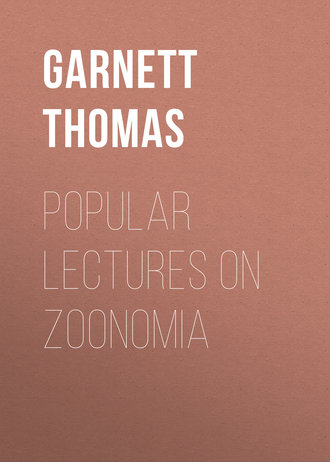 полная версия
полная версияPopular Lectures on Zoonomia
Inflammation, illustrated
sthenic
asthenic
of gout asthenic
Iron, contained in the blood
LLacteals, described Life, principle of Light, its properties its exciting power Lungs, circulation through Lymphatics described
MMuscles, mechanical action of Music, its effects
NNerves, their distribution
Nervous and bilious, terms sometimes used without ideas
diseases (so called)
diseases really so
Newton, his query about elastic fluid misapplied
even his conjectures important
discovers the laws of sound
his reason why the crystalline is densest in the middle
knew not the cause of gravitation
Nonnaturals, misapplication of that term
Nosology
OOdours, extreme subtilty of Haller, &c. fail in classing them convey nourishment Opium, its intoxicating effects its use in gout Organs, digestive Oxygen, experiments with connected with excitability
PPain encreases mental energy Passions of the mind, their effects Pendulums, laws of Peristaltic motion Physiology, its importance Pulse, the phenomena of
RRespiration, organs of
how performed
analogous to combustion
chemically explained
SSchools, their temperature ill regulated
Sensation
organs of
more acute by pain
Senses, general account of
external and internal
Skin
Sleep, accumulates excitability
Smell
different in different animals
Blumenbach's opinion on
diseases of
Sound, production of
media of
illustrated
velocity of
musical
reflection of
Spallanzani, his experiments on digestion
Spirituous liquors, their effects
a singular mode of correcting the abuse of
Squinting, &c.
method of cure
Stomach
diseases of
Study, debilitating effects of
TTaste diseases of Temperancc Temperature of animals, specific and uniform Touch the basis of the other senses Typhus, Dr. Garnett's treatment of Dr. Currie's ditto
VVeins, their structure and office
Vision, manner of
opinions on
seat of
why objects appear erect
why seen single
diseases and cure of
Voltaire, his story of Ogul, the epicure
WWater, the best diluent Wine, its use and abuse
1
[FIGURE] Suppose AC to be a lever, held in equilibrio by the force B and weight W, then the whole momentum exerted at B must be equal to that at W, but the forces will be different. For B x AC = W x AB, and if AC = 10AB, then a force equal to ten times the weight to be raised must be exerted by the muscle. Hence we see, that in the actions of muscles there is a loss of power, from their insertions being nearer the fulcrum than the weight. For example, suppose the deltoid muscle to act and raise a weight of 55 lb.: the weight of the arm is 5 lb., and the distance of its insertion is only 1/3 of the arms length, hence the force exerted must be (55 + 5) x 3 = 180 lb.
[FIGURE] But by this contrivance we gain a greater extent of motion, and also a greater velocity, and both with less contraction. Let A be the centre of motion, or articulation; B the insertion of a muscle, and AC the length of the lever or bone; then, by a contraction only equal to B_b_, C is carried through C_c_, which is to B_b_ as AC to AB. It is obvious also, that the velocity is greater, since C moves to c in the same time as B to b.
A loss of power is likewise occasioned by the obliquity of the muscular action, and the oblique direction of the fibres.
For, in this case, there is a compound of two forces, and a consequent loss of power: for the forces are proportioned to the two sides of a parallelogram, but the effects produced are proportioned only to the diagonal.



